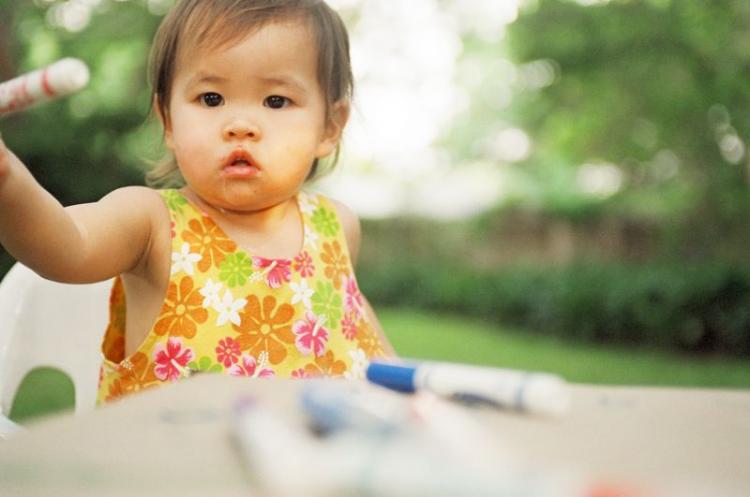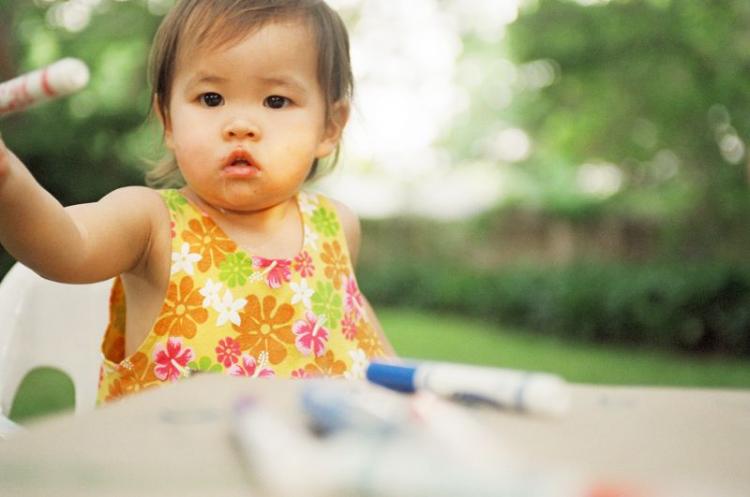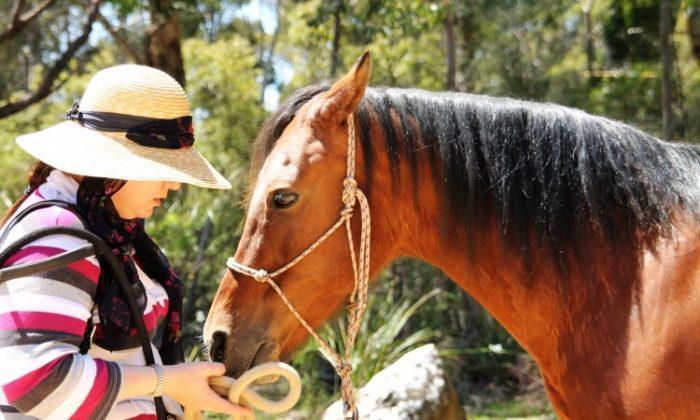Developmentally, babies learn to control their hands well before they can learn to say words verbally. This is why signing is a fantastic tool, as it gives your baby the tools to tell you what it wants. Through learning to sign, parents and caregivers are able to eliminate much of the frustration and tears that come with playing the guessing game about what their baby wants. Through having their needs met and being understood, babies and toddlers feel more self-confident, and develop closer bonds with their carers.
Other bonuses of learning to sign include the added stimulation of the brain, as signing and speaking use both hemispheres of the brain. Studies have shown that by the age of eight, children who have learned some sign language scored higher on IQ tests. Overall, the scores were commonly an astounding 12 points higher than their counterparts. Children who sign also have greater ease in learning languages overall, along with a greater capacity for memory retention. They have an advanced vocabulary, and are usually better readers and spellers than their non-signing friends.
You may begin to introduce sign language to your baby as young as four months old, or younger, by demonstrating basic signs related to the baby’s immediate needs, such as “milk” and “more”. It may take from 8 to 12 months until they sign back; nonetheless, your baby has been watching and absorbing all the hints and cues from you. Start by using a few words, then gradually extend the vocabulary based on the needs and interests of the child—make sure the signs you choose are relevant to your baby. Your growing child will soon realise that there is a sign for everything and through mimicry, will be curious to copy the signs for new objects and actions in their ever expanding and exciting world. When demonstrating the sign, sound out the word with your mouth, and repeat the word a few times. This way, the child will connect the symbol with the meaning and the word in context, and will be learning the basis of the spoken language at the same time.
To learn baby sign language, start by buying a baby sign language book or wall chart in your national sign language—in Australia, it is “Auslan”. Many of the signs are easy to learn and remember, as they are often representations of the word in use. Some websites to check out are:
Children are never too old to reap the benefits of signing as the challenge stimulates learning and cognitive development. It’s also a fun activity to learn together, and it is much more pro-active than computer games!






